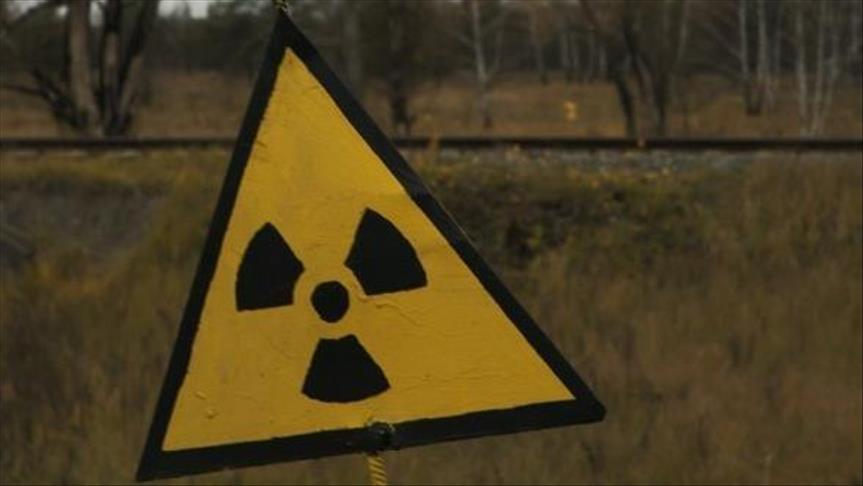GENEVA (AA) – Switzerland’s plans for a nuclear waste repository plant near the border have sparked protests and concerns in Germany.
German cities and communities criticized the planned construction in the Swiss community Wurenlingen, about 15 kilometers south of the German community of Waldshut-Tiengen.
'(The Swiss) have to justify very well why a deferred site suddenly becomes the preferred site,’ Martin Benz, the mayor of Hohentengen, told German press agency DPA.
He added that it is clear to the residents that the radioactive waste is present and must be disposed of.
’But these questions have to be answered: What are the accident scenarios, and how prepared are they?’
The radioactive waste is to be embedded in the opalinus clay at a depth of hundreds of meters. A few years ago, the site was considered the second choice.
Germany’s southern state of Baden-Wurttemberg also voiced concerns over Switzerland’s controversial plan.
’We take note of the site proposals and will examine them in exchange with our Swiss neighbors,’ a spokeswoman for the State Ministry in Stuttgart said.
For the time being, it is only an intermediate step in a process that has not yet been completed, she said.
’For example, the Federal Council and the Federal Assembly still have to approve the proposals,’ she added.
Germany’s Federal Government also stepped in and has raised concerns over the plan.
The site’s location near the border ‘represents a major burden for these and surrounding communities, both during the construction phase and during operation of the repository,’ said Christian Kuhn, parliamentary state secretary at the Federal Environment Ministry and a member of the Bundestag from Baden-Wurttemberg.
The Swiss side, however, defended its decision on Monday, after experts argued that the planned site for the Swiss nuclear waste repository has the best geological conditions.
The region is clearly the safest choice among the last three possible sites examined, said Matthias Braun, head of the National Cooperative for the Disposal of Radioactive Waste (Nagra).
The necessary rock layer of opalinus clay lies deepest below the earth’s surface there, the layer is the thickest and the potential area for the planned repository is the largest, Braun added.

